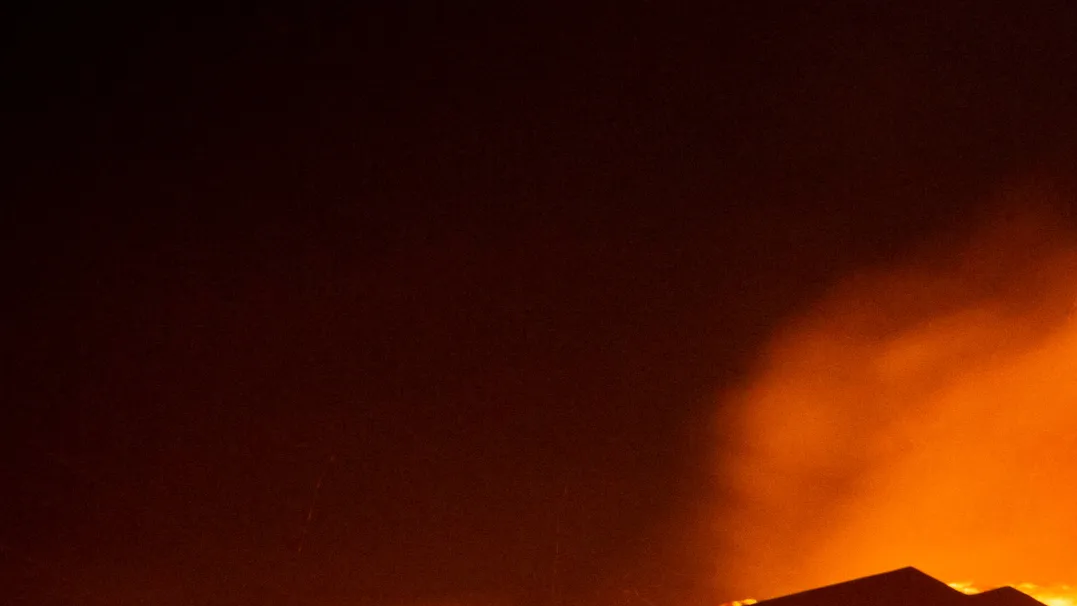A growing number of wildfires spread rapidly across Los Angeles, fueled by powerful Santa Ana winds, low humidity and dry vegetation due to a lack of rain.
At least five fires were active in Los Angeles County including the Palisades Fire, which grew from 10 acres to more than 17,000 acres in just three days and the Eaton Fire, which has swelled to more than 10,600 acres east in the foothills of the San Gabriel Mountains, according to Cal Fire.
The causes of the largest fires are still under investigation, according to Cal Fire, but before the blazes broke out, the National Weather Service office in Los Angeles warned that low humidities and widespread damaging winds up to 100 mph in some areas would likely cause fires to start and rapidly grow in size “with extreme fire behavior.”
“Ongoing fires and any others that start will be capable of very rapid spread,” the National Weather Service’s Storm Prediction Center said Wednesday.
Santa Ana winds fuel fires
One of the nation’s most notorious wind events has helped fuel the destructive wildfires.
The Santa Ana winds, which occur most often in the fall and winter, push dry air from over the inland deserts of California and the Southwest toward the coast, the National Weather Service said. As high-pressure systems move east to west over the Santa Ana Mountain range, wind is forced down where it’s compressed and warms up.
An area of high pressure over the Great Basin, the high plateau east of the Sierra Nevada, combined with a storm in northwestern Mexico to create the conditions for strong winds over Southern California starting on Tuesday, said AccuWeather meteorologist Gwen Fieweger. The Santa Monica and San Gabriel Mountains also have canyons and valley, which may act as funnels for the Santa Ana winds and further accelerate the spread of wildfires in these mountainous areas.
Janice Coen, a project scientist at the National Center for Atmospheric Research in Boulder, Colorado, said these winds also dry out vegetation on the mountain ridges as they pass and can carry embers over long distances – allowing fires to spread rapidly.
Lack of rain, low humidity create dry conditions
The rapid spread of the fires were likely also aided by the extremely dry season that preceded them.
Over 83% of Los Angeles County was in a drought, according to the most recent U.S. Drought Monitor. Los Angeles has not received a quarter of an inch of rain since April, Accuweather reported. Extremely low humidity also helps dry out vegetation, making it a better fuel for fires.
“San Diego is experiencing its driest start to winter ever, with the period from July 1 to Jan. 8 being the driest on record,” said Ken Clark, AccuWeather’s California Weather Expert.
Contributing: Karissa Waddick, Doyle Rice; USA TODAY



